Hi all, first post in a long time.
Probably going to be a long one as I'll also include other animals photographed, I think most people here can appreciate all forms of wildlife. The survey was conducted over the period of 22 days with pit fall and elliot traps laid out in a systematic grid across the surveyed site where a feral proof fence is to be constructed and some small mammals, such as bilbys, are to be reintroduced after completion.
Please no comments about the negative implications of handling animals, the only animals handled were those trapped and it was done in the presence of, or by, a field ecologist.
Anyway, I'll start with the herps and go from there. Enjoy. (If anyone knows why Imgur appears to have annihilated image quality please comment)
First up is an incredibly calm Sand Monitor (Varanus gouldii) that didn't budge even when the car pulled up within about a metre of him. My team also caught a juvenile in a pit and two other teams caught hatchlings in elliot traps. I won't add that photo in an effort to reduce post size.
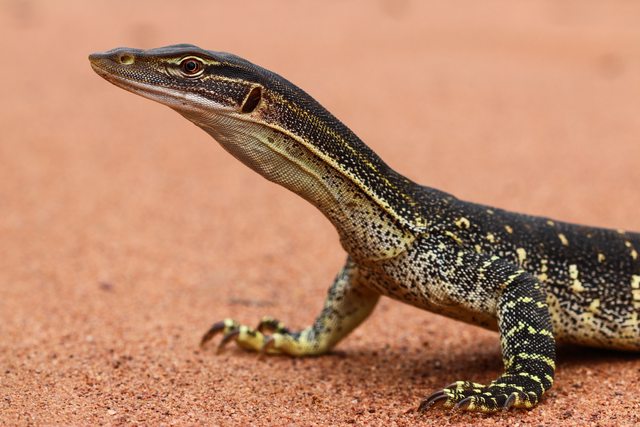
Next we have a couple of nicely patterned Bynoe's (Heteronotia binoei). One of the more common if not the most capture of the survey.
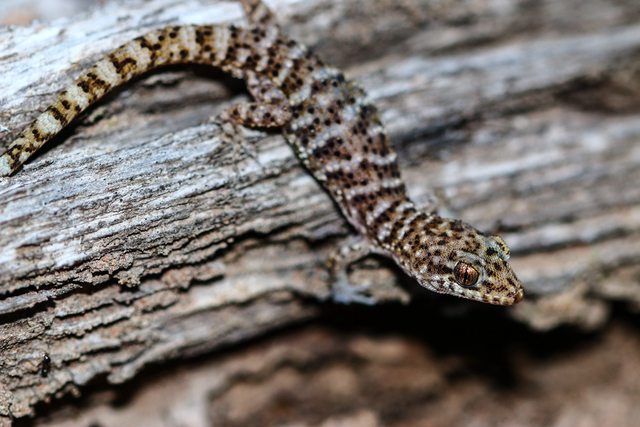
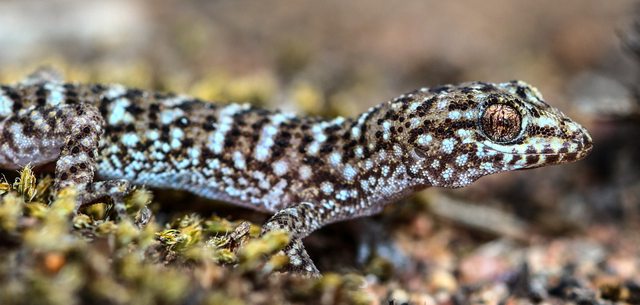
A Tree Skink (Egernia striolata) caught in an elliot. Always a cool moment opening an elliot expecting a mammal only to find a very pissed off Egernia. Sadly none of the ones trapped sat still for a photo.
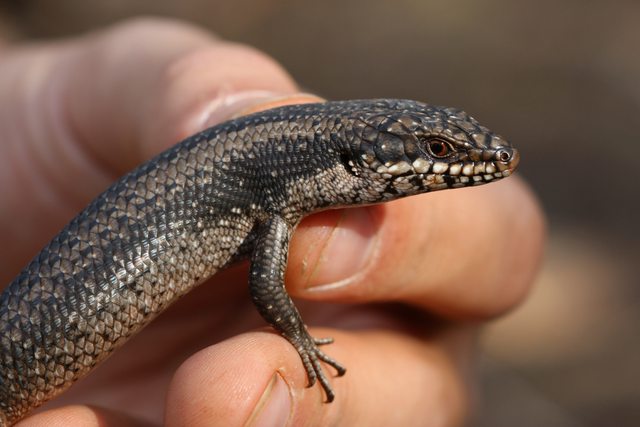
One of the more common sights during afternoon checks were Ctenotus allotropis. A single Ctenotus strauchii was also captured by another team, the only distinguishing feature being the addition of a black vertebral line.
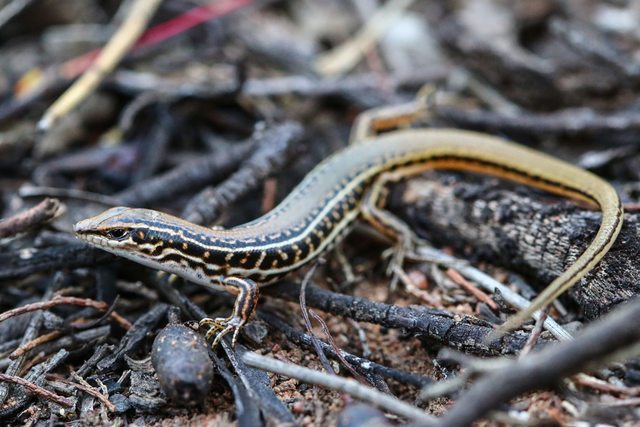
The most uncommon small skink capture was several Lygisaurus foliorum. On first glance a rather drab species, I quite like the rainbow sheen they can display.
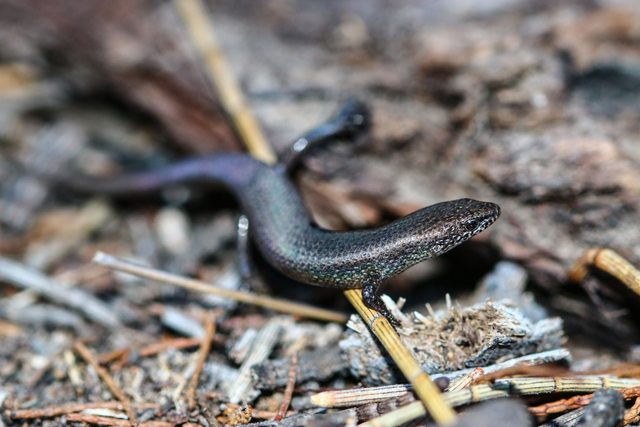
Eastern Spiny-tails would have been the second most common Gecko, they have the coolest eyes of any species in the area imo.
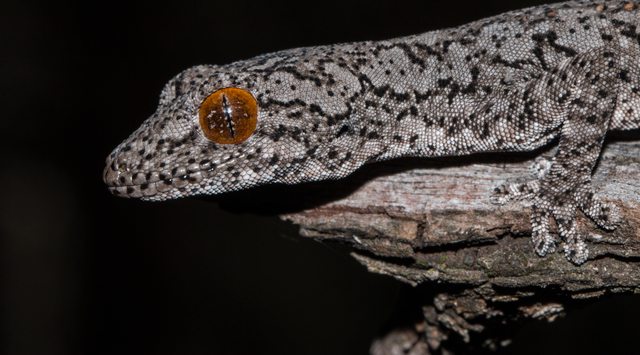
Nobbi Dragons (Diporiphora nobbi) were fairly abundant but uncommonly trapped.
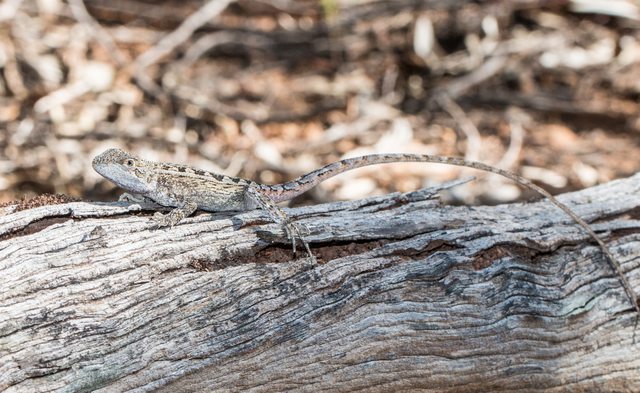
Boulenger's Skinks (Morethia boulengeri) were by far the most common day time capture and some of the juvies displayed quite nice colouration. This one was tiny at only 18mm svl.
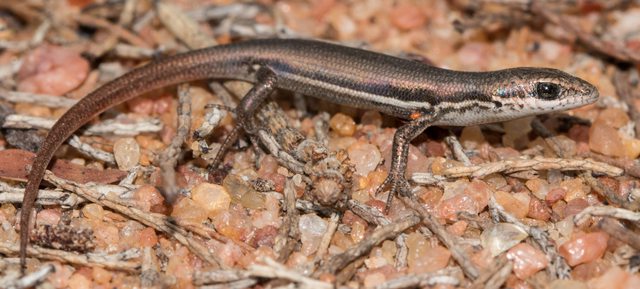
A rarer dragon, my team caught only two Burns' Dragon (Amphibolurus burnsi) during the survey. Quite a spectacular dragon up close.
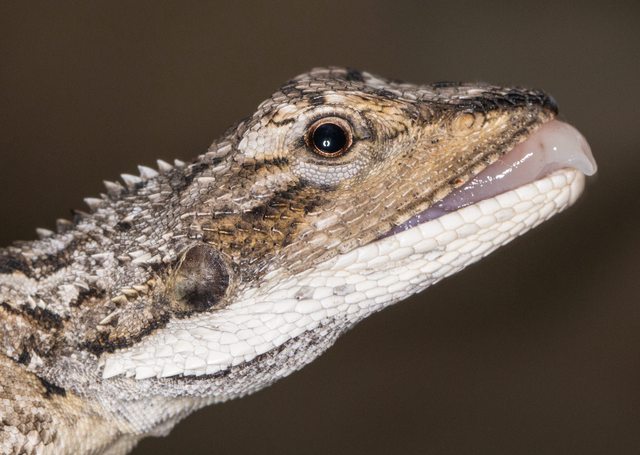
The only Lerista caught, Lerista punctatovittata can look remarkably snake like at the bottom of a pit. This is probably the photo I'm most pleased with from the trip as these guys are usually quite frustrating to photograph.
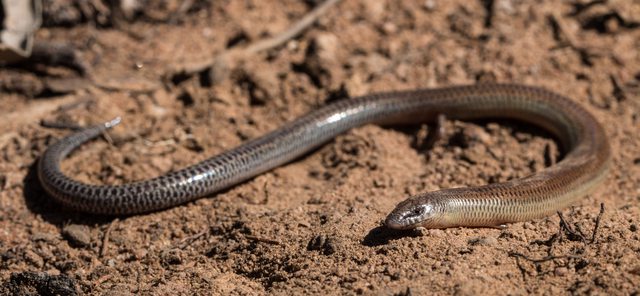
The most uncommon gecko caught, but nevertheless still trapped in numbers was the Eastern Stone Gecko (Diplodactylus vittatus). Probably my favourite out of the species seen due to their highly variable pattern.
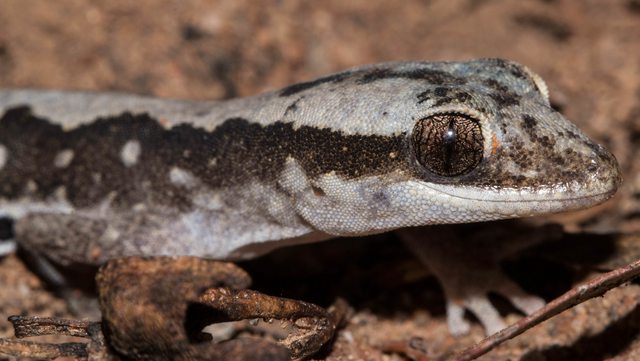
That does it for the lizards photographed, the only species I did take photos of that isn't on here is Gehyra versicolor and Cryptoblepharus pannosus as I'm sure most people have seen them and the photos were fairly average. Other lizards seen but not photographed were Eastern Beardies, Menetia greyii, Varanus varius and Eastern Blue-tongues.
On the slithery side of things, the only species my group trapped and I managed to photograph were two Parasuta spectabilis. Quite a pretty species, but the two individuals were fairly flighty and difficult to photograph.
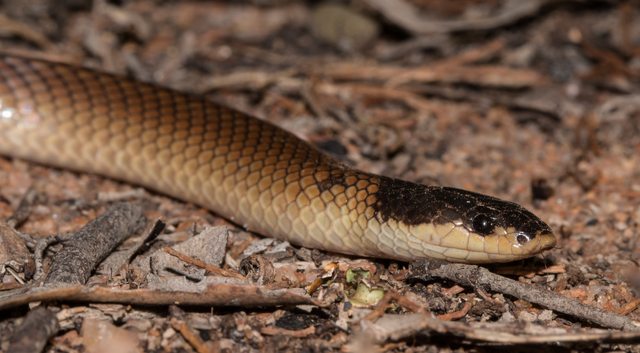
I did also see one large Eastern Brown (Pseudonaja textilis) but that was all, quite a lack of snakes which was disappointing. Species seen by other groups include Yellow-faced Whipsnake, Red-bellies, Blue-bellies, Australian Coral Snake (My target species which I missed) and a juvenile Tiger Snake which was one of the cooler captures of the survey as the Pilliga is a fair way outside there typical range.
Moving onto frogs, the two species I photographed were Neobatrachus sudelli and Platyplectrum ornatum.
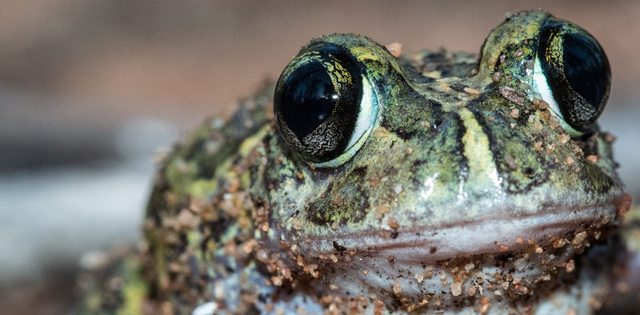
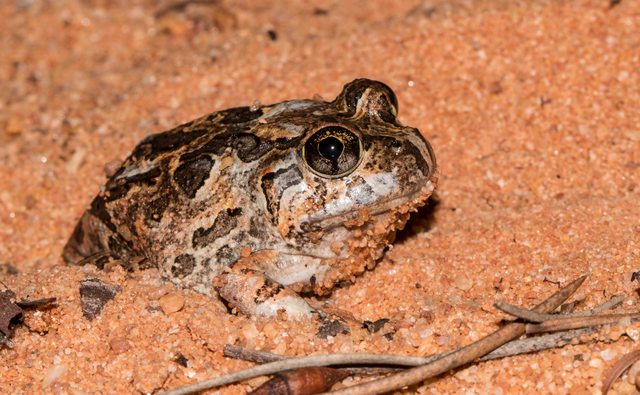
Another group trapped several Limnodynastes terraereginae and a few Crucifix Toads were also seen after the same storm around the Yarrie Lake campground which i sadly missed.
Bird wise, I'll post no photos but species of note include Turquoise Parrots, Glossy Black Cockatoos, Speckled Warblers and Brown Treecreepers. All 4 species seem to have good numbers present in the Pilliga.
And lastly, mammals. The most common by far were Yellow-footed Antechinus (Antechinus flavipes), with each site usually producing a large individual every morning.
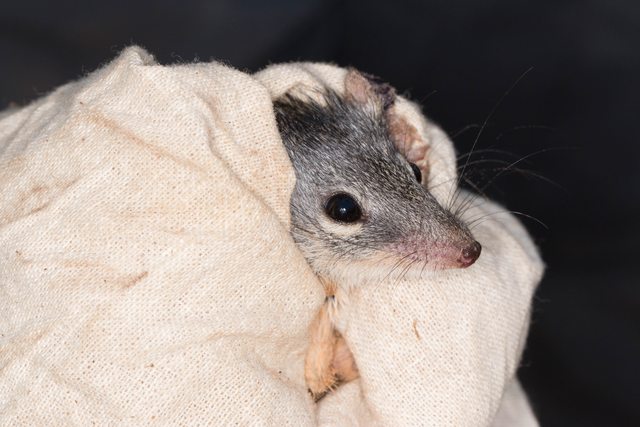
Common Dunnarts (Sminthopsis murina) were also present in reasonable numbers, with their aggressive actions towards capture bags always being entertaining.
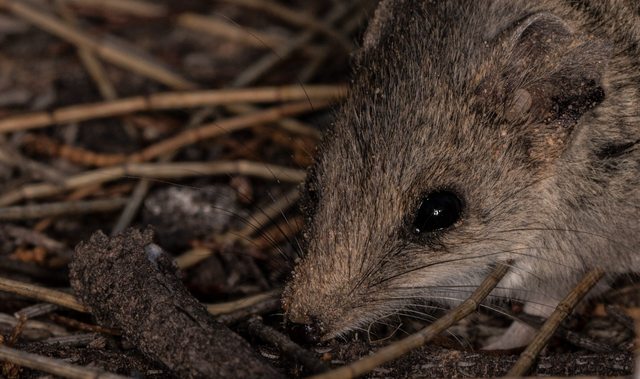
My team was lucky enough to capture the only Eastern Pygmy Possum (Cercartetus nanus), their blue-irises are quite stunning up close. Unfortunately i failed to capture a good photo of it.
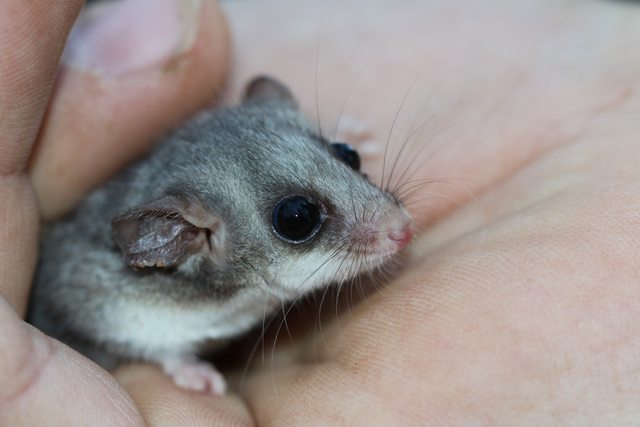
We also managed to pick up a few of the endemic Pilliga Mouse (Pseudomys pilligaensis), distinguishable from house mice by their slightly larger size, white belly and browny/rufous back. Apparently they may only be an isolated population of the Delicate Mouse, but mammals aren't really my thing so I don't have an opinion on the matter. Nevertheless, quite a cool find.
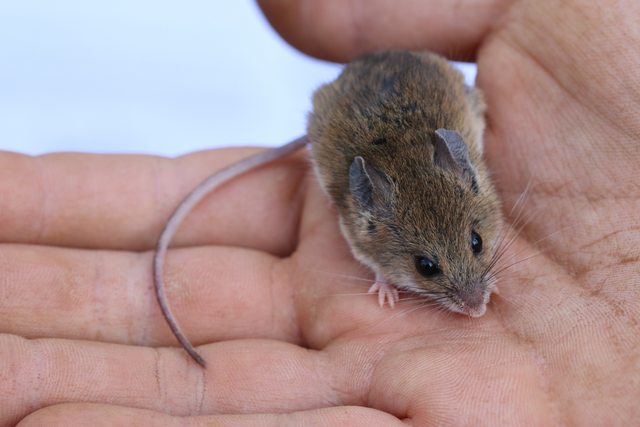
And on the last day of trapping, my team also trapped an exceedingly cute Feathertail Glider (Acrobates pygmaeus). Usually a rare species to trap, the survey actually produced two individuals which was a nice surprise. This little guy was definitely my favourite mammal seen.
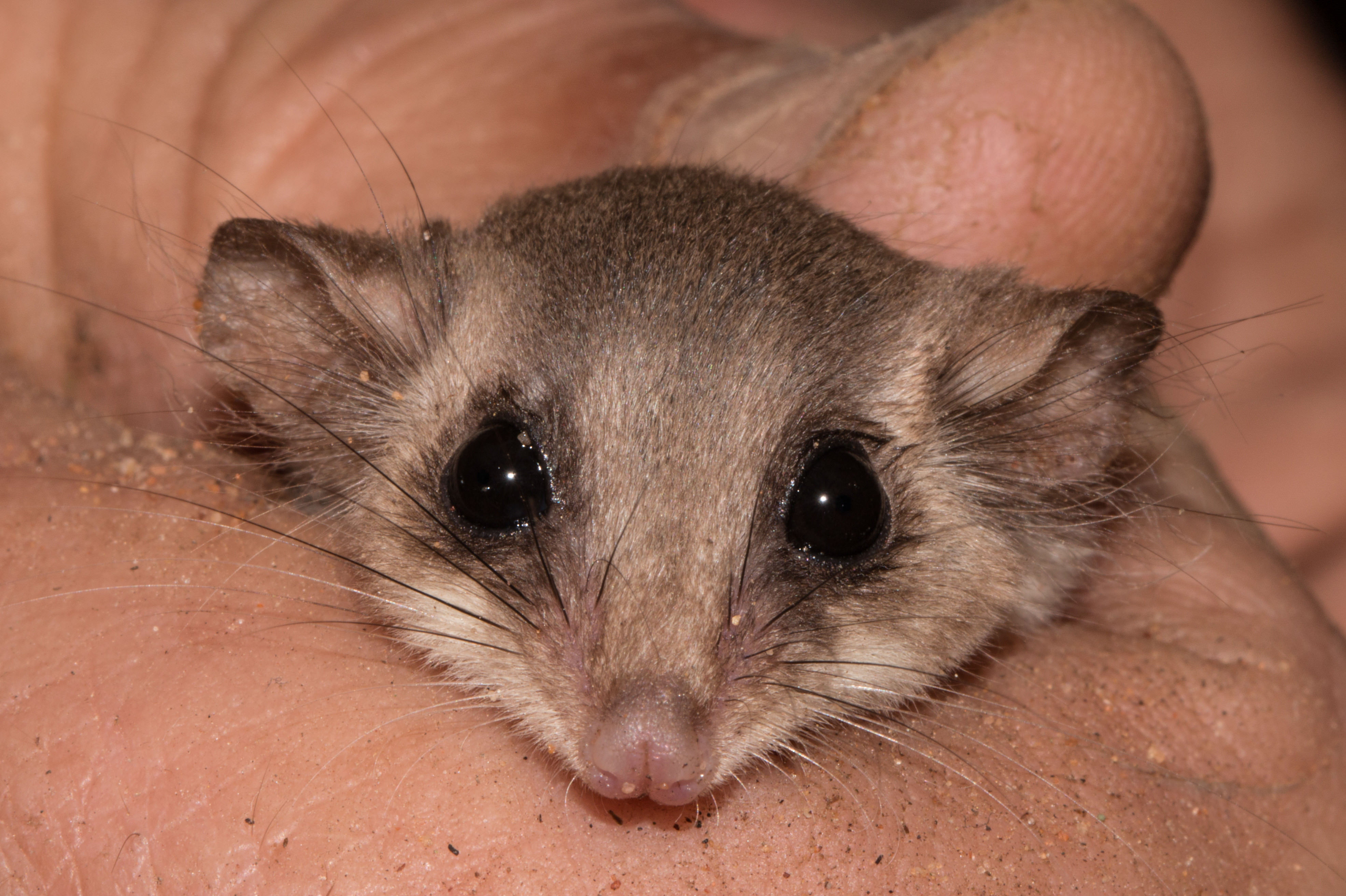
Sorry about the ridiculous length but I didn't really want to split it up. I'm about to head off to another AWC survey at the Newhaven Sanctuary in central NT so expect a new post in about a month filled with hopefully a lot more scaly things.
Also I'm not sure if this is allowed, someone please tell me if not and I'll remove it, but if you want to get more updated photos from me feel free to follow me on instagram at Wes Read Photography.
Probably going to be a long one as I'll also include other animals photographed, I think most people here can appreciate all forms of wildlife. The survey was conducted over the period of 22 days with pit fall and elliot traps laid out in a systematic grid across the surveyed site where a feral proof fence is to be constructed and some small mammals, such as bilbys, are to be reintroduced after completion.
Please no comments about the negative implications of handling animals, the only animals handled were those trapped and it was done in the presence of, or by, a field ecologist.
Anyway, I'll start with the herps and go from there. Enjoy. (If anyone knows why Imgur appears to have annihilated image quality please comment)
First up is an incredibly calm Sand Monitor (Varanus gouldii) that didn't budge even when the car pulled up within about a metre of him. My team also caught a juvenile in a pit and two other teams caught hatchlings in elliot traps. I won't add that photo in an effort to reduce post size.

Next we have a couple of nicely patterned Bynoe's (Heteronotia binoei). One of the more common if not the most capture of the survey.


A Tree Skink (Egernia striolata) caught in an elliot. Always a cool moment opening an elliot expecting a mammal only to find a very pissed off Egernia. Sadly none of the ones trapped sat still for a photo.

One of the more common sights during afternoon checks were Ctenotus allotropis. A single Ctenotus strauchii was also captured by another team, the only distinguishing feature being the addition of a black vertebral line.

The most uncommon small skink capture was several Lygisaurus foliorum. On first glance a rather drab species, I quite like the rainbow sheen they can display.

Eastern Spiny-tails would have been the second most common Gecko, they have the coolest eyes of any species in the area imo.

Nobbi Dragons (Diporiphora nobbi) were fairly abundant but uncommonly trapped.

Boulenger's Skinks (Morethia boulengeri) were by far the most common day time capture and some of the juvies displayed quite nice colouration. This one was tiny at only 18mm svl.

A rarer dragon, my team caught only two Burns' Dragon (Amphibolurus burnsi) during the survey. Quite a spectacular dragon up close.

The only Lerista caught, Lerista punctatovittata can look remarkably snake like at the bottom of a pit. This is probably the photo I'm most pleased with from the trip as these guys are usually quite frustrating to photograph.

The most uncommon gecko caught, but nevertheless still trapped in numbers was the Eastern Stone Gecko (Diplodactylus vittatus). Probably my favourite out of the species seen due to their highly variable pattern.

That does it for the lizards photographed, the only species I did take photos of that isn't on here is Gehyra versicolor and Cryptoblepharus pannosus as I'm sure most people have seen them and the photos were fairly average. Other lizards seen but not photographed were Eastern Beardies, Menetia greyii, Varanus varius and Eastern Blue-tongues.
On the slithery side of things, the only species my group trapped and I managed to photograph were two Parasuta spectabilis. Quite a pretty species, but the two individuals were fairly flighty and difficult to photograph.

I did also see one large Eastern Brown (Pseudonaja textilis) but that was all, quite a lack of snakes which was disappointing. Species seen by other groups include Yellow-faced Whipsnake, Red-bellies, Blue-bellies, Australian Coral Snake (My target species which I missed) and a juvenile Tiger Snake which was one of the cooler captures of the survey as the Pilliga is a fair way outside there typical range.
Moving onto frogs, the two species I photographed were Neobatrachus sudelli and Platyplectrum ornatum.


Another group trapped several Limnodynastes terraereginae and a few Crucifix Toads were also seen after the same storm around the Yarrie Lake campground which i sadly missed.
Bird wise, I'll post no photos but species of note include Turquoise Parrots, Glossy Black Cockatoos, Speckled Warblers and Brown Treecreepers. All 4 species seem to have good numbers present in the Pilliga.
And lastly, mammals. The most common by far were Yellow-footed Antechinus (Antechinus flavipes), with each site usually producing a large individual every morning.

Common Dunnarts (Sminthopsis murina) were also present in reasonable numbers, with their aggressive actions towards capture bags always being entertaining.

My team was lucky enough to capture the only Eastern Pygmy Possum (Cercartetus nanus), their blue-irises are quite stunning up close. Unfortunately i failed to capture a good photo of it.

We also managed to pick up a few of the endemic Pilliga Mouse (Pseudomys pilligaensis), distinguishable from house mice by their slightly larger size, white belly and browny/rufous back. Apparently they may only be an isolated population of the Delicate Mouse, but mammals aren't really my thing so I don't have an opinion on the matter. Nevertheless, quite a cool find.

And on the last day of trapping, my team also trapped an exceedingly cute Feathertail Glider (Acrobates pygmaeus). Usually a rare species to trap, the survey actually produced two individuals which was a nice surprise. This little guy was definitely my favourite mammal seen.

Sorry about the ridiculous length but I didn't really want to split it up. I'm about to head off to another AWC survey at the Newhaven Sanctuary in central NT so expect a new post in about a month filled with hopefully a lot more scaly things.
Also I'm not sure if this is allowed, someone please tell me if not and I'll remove it, but if you want to get more updated photos from me feel free to follow me on instagram at Wes Read Photography.



